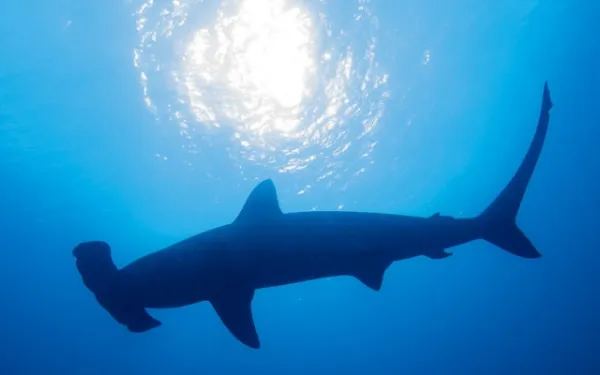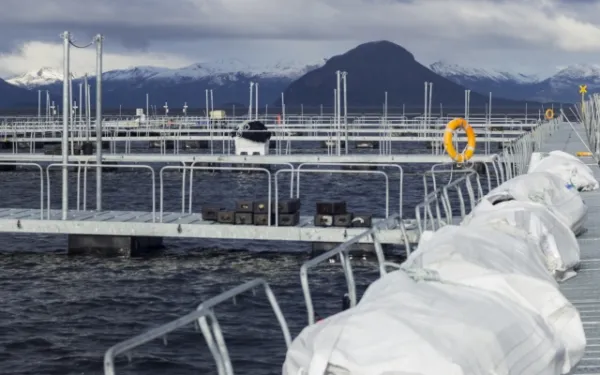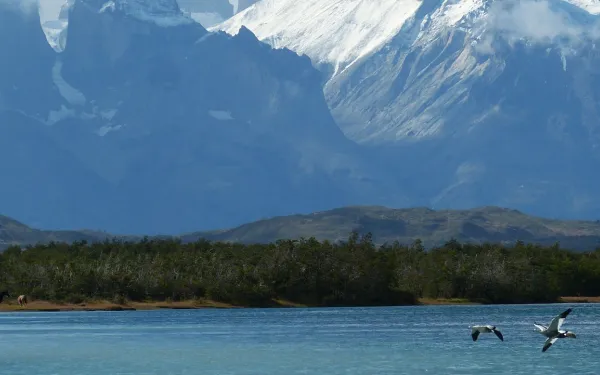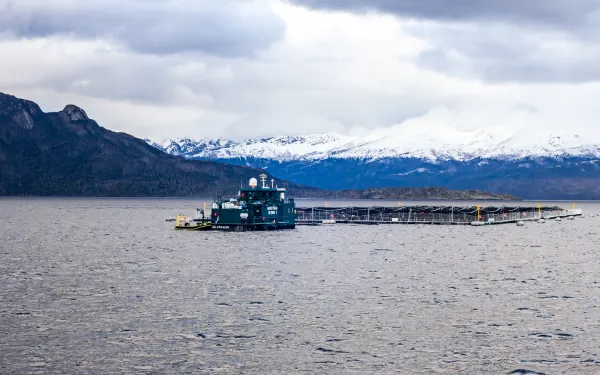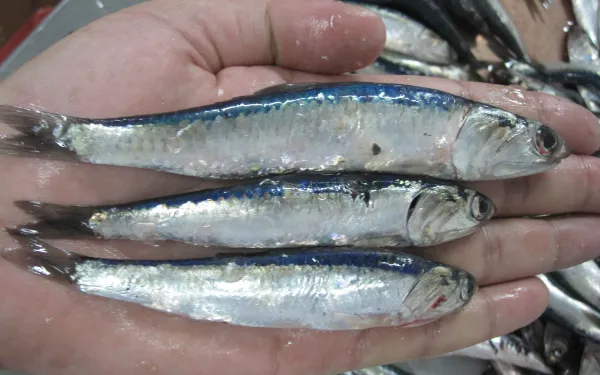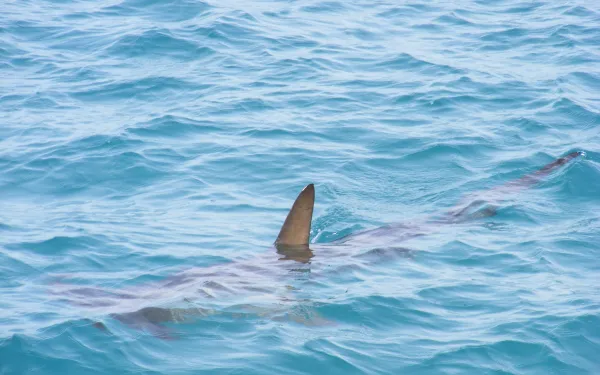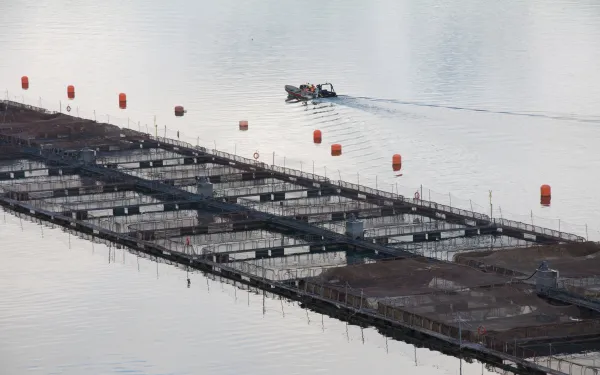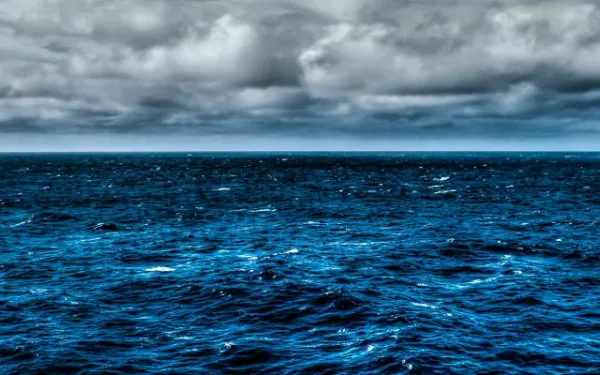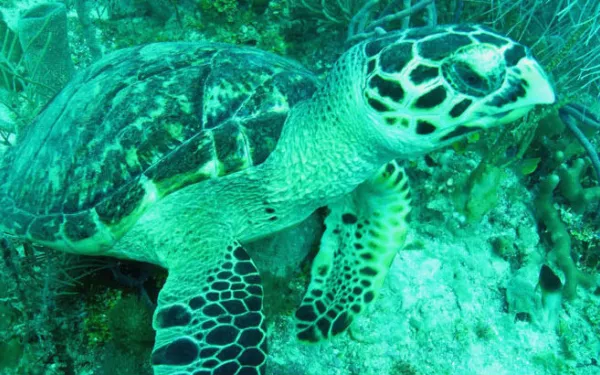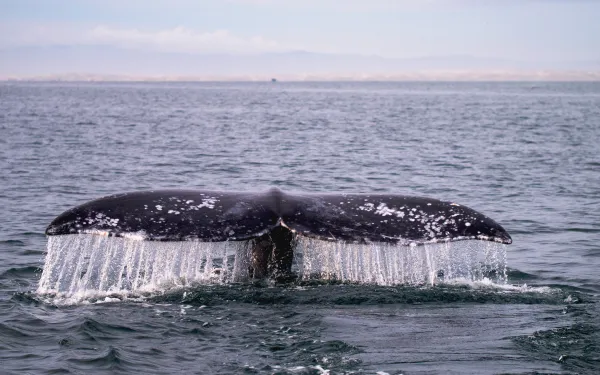1. Don Diego is a proposed marine mining project in Mexico.
Marine mining is a process used to extract metals or minerals from the seabed. The Don Diego proposal calls for dredging seven million tons of phosphate sand from the seabed 19 kilometers off the coast of Baja California Sur.[1] Leftover materials – excess or waste – that are not of interest would be returned to the sea.[2]
2. If created, it would be the first phosphate mine of its type, using this technique, in the region.
This makes it impossible to accurately predict the damage that it could do or the measures that could be taken to protect against it.[3] Other countries, such as Namibia and New Zealand, [4] have rejected similar projects due to the severity of their potential impacts. Exploraciones Oceánicas, the company in charge of the project, does not have adequate experience in this area,[5] nor does the Mexican government have the experience to implement and monitor it properly. Even with this uncertainty, the company has not provided a financial guarantee to ensure compliance with the plan for managing, monitoring and supervising Don Diego.
3. It would alter the marine ecosystem.
The collection of phosphate sand from the sea, and the deposition of waste, would create sediment that blocks light from entering, in turn affecting marine photosynthesis.[6] Dredging would destroy the health and habitat of benthic species such as oysters and clams, damaging the food chain and the natural equilibrium of the area.[7] The ecosystem could take years to recover.
4. The mine will not necessarily create greater food security in Mexico.
Phosphate is used in fertilizer, which helps to produce food. The project’s proponents say a marine mine is needed to make up for reduced global phosphate reserves on land.[8] But beginning an operation of this type, without necessarily understanding the technique and its impacts, could cause more harm than good. In addition, extracting phosphate from Mexico’s waters does not guarantee that the phosphate will then be used to meet the demands of agriculture in Mexico, or in the Americas at all.
5. It would put at risk fisheries and the families that depend upon them.
The location of the mining project would overlap with fishing concessions.[9] Ulloa Bay produces nearly 8,450 tons per year of commercial species including abalone, clams, squid, shrimp, snail, dogfish, crab, lobster, oyters, octopus, sharks and rays.[10] Fisheries would decline considerably due to the impacts of dredging the seabed.[11]
6. It would impact an ecologically rich and vulnerable area.
Ulloa Bay is a unique marine region characterized by its biodiversity and high productivity. The bay is home to a great number of species of interest both to fisheries and to conservationists. In addition, a portion of the project would spread over 20 percent of the Magdalena Bay Region of Marine Importance,[12] a mangrove ecosystem that provides essential environmental services to coastal communities, including mitigation of climate change.
7. It would further endanger the habitat of the loggerhead turtle.
Ulloa Bay is a critical habitat for the endangered loggerhead turtle, so much so that the Mexican government previously named it a refuge for the protection of the species.[13] Studies show that heavy noise, such as the mine would generate, would cause drastic changes in behavior and displace turtles from their habitat.[14] In addition, the Interamerican Convention for the Protection and Conservation of Sea Turtles has recently included mining as one of the listed activities threatening the health and habitat of sea turtles.[15]
8. It would destroy a refuge for the grey whale.
Each year, the grey whale travels from Alaska to the warm waters of Baja California Sur to give birth to and raise its young.[16] Whales use sound to identify and locate their pod, and to find and capture their food.[17] Don Diego would generate noise, increase traffic and change the marine ecosystem, forever altering what has been for centuries a refuge for migrating whales.[18]
9. Approval of the project would involve a breach of international obligations on the part of the Mexican government.
Mexico has obligations under international law to protect its marine ecosystem and the vulnerable species that depend on its health. The precautionary principle should be applied to this case, as there is no scientific certainty about the magnitude and intensity of the environmental damage that could occur. The Mexican government is required to take measures to avoid such damage, including evaluating a no-project alternative, until it proves that harm can be avoided or minimized.
10. The details of the project are confusing and available public information is incomplete.
The duration and specific location of the project remain unclear. For example, the project is proposed to last 50 years, but under the Mining Law it could be extended 50 additional years.[19]
[1] Environmental Impact Assessment, Executive Summary of the project “Dragado de arenas fosfáticas negras en el yacimiento de Don Diego”, pp. 4, 5 y 7. Available in Spanish at: http://apps1.semarnat.gob.mx/dgiraDocs/documentos/bcs/resumenes/2015/03BS2015M0008.pdf
[2] Todo el proceso es descrito por el promovente, con mayor énfasis en el Capítulo II de la Manifestación de Impacto Ambiental, pp. 23-42.
[3] Rofomex was a phosphate project in San Juan de la Costa, close to the city of La Paz, Baja California; the mine produced two million tons of phosphate annually, information available at http://www.dredge.com/dred2-10.html , http://defiendelasierra.org/wp-content/uploads/San-Juan-de-la-Costa.pdf y http://mrdata.usgs.gov/mrds/show-mrds.php?dep_id=10048963; however, the project was located on land and was not in Ulloa Bay, see the extact location here.
[4] The first marine phosphate mine was proposed in Namibia in 2013, however the project was not approved and a moratorium was subsequently announced on this activity. See: http://www.scoop.co.nz/stories/WO1307/S00188/marine-phosphate-mining-cannot-be-sustained-by-namibia.htm and http://www.worldfuturecouncil.org/sandpiper-project.html; New Zealand used the precautionary principle to negate permission of an underwater phosphate mine, see: http://www.stuff.co.nz/business/industries/66038589/Chatham-Rock-Phosphate-aghast-mining-consent-refused
[5] Website of Exploraciones Océanicas and activity on the NASDAQ stock exchange, which shows the company has never before undertaken a marine phosphate mining project.
[6] The phosphate mining industry is considered of the potential sources of nuclear contamination, stemming from elements like Uranium (238U) and Thorium (232Th). The sediments that would be returned to the sea may contain high levels of toxic chemicals, including the presences of these two elements, which would be exposed during the phosphate separation process. Al-Masri, M., Mamish, S. et al. (2002). “The impact of phosphate loading activities on near marine environment: The Syrian Coast.” Journal of Environmental Radioactivity 58 (2002) 35-44. P. 1.
[7] Environmental Impact Assessment, Executive Summary of the project “Dragado de arenas fosfáticas negras en el yacimiento de Don Diego,” Chapter VIII, Table VI.3, p. 64, y Chapter V, p. 48. Available in Spanish at: http://apps1.semarnat.gob.mx/dgiraDocs/documentos/bcs/estudios/2015/03BS2015M0008.pdf
[8] U.S Geological Survey, Mineral Commodity Summaries, January 2015. Available at: http://minerals.usgs.gov/minerals/pubs/commodity/phosphate_rock/mcs-2015-phosp.pdf
[9] Instituto Nacional de la Pesca Oficio RJL/INAPESACA/DGAIPP/978/2014
[10] CONABIO. Estudio sobre la caracterización socioeconómica y pesquera del Área Golfo de Ulloa, BCS (2010). Available in Spanish at: http://goo.gl/7An5o5
[11] Environmental Impact Assessment, Executive Summary of the project: “Dragado de arenas fosfáticas negras en el yacimiento de Don Diego,” Chapter VIII, Table VI.3, p. 64. Available in Spanish at: http://apps1.semarnat.gob.mx/dgiraDocs/documentos/bcs/estudios/2015/03BS2015M0008.pdf
[12] Instituto Nacional de la Pesca. Oficio RJL/INAPESCA/DGAIPP/757/2014
[13] The Agreement that establishes the Area of Refuge for the Loggerhead Turtle (Caretta Caretta) in Ulloa Bay in Baja California Sur was before the Federal Regulatory Improvement Commission to obtain an approving opinion, December 9, 2014. 2014. Available in Spanish at: http://www.cofemermir.gob.mx/mir/crLecAnte.asp?submitid=33808
[14] Convention on Biological Diversity. “Sea turtle hearing and sensitivity to acoustic impacts.” Available at: https://www.cbd.int/doc/meetings/mar/mcbem-2014-01/other/mcbem-2014-01-submission-boem-03-en.pdf, pgs. 3 and 4.
[15] Interamerican Convention on the Protection and Conservation of Sea Turtles, Seventh Conference of Parties, June 24-26, 2015, Mexico City. Resolution CIT-COP7-2015-R3. Available at: http://www.iacseaturtle.org/docs/resolucionesCOP7CIT/CIT-COP7-2015-R3_Cabezona_ Resolucion_ESP_7.15.15_ADOPTADA.pdf
[16] Guerrero Ruiz, M., Urbán Ramírez, J. y Rojas Bracho, L. 2006. Las ballenas del golfo de California. Secretaría de Medio Ambiente y Recursos Naturales (SEMARNAT). Instituto Nacional de Ecología (INE). 537 pp.
[17] Baker C. S. y C. M. Herman. 1984. Aggressive behavior between Humpback whales (Megaptera novaeangliae) wintering in Hawaiian waters. Can. J. Zool. 62(10): 1,922-1,937.; Croll, D. A., C. W. Clark, A. Acevedo, B. R. Tershy, S. Flores, J. Gedamke y J. Urbán. 2002. Only male fin whales sing loud songs. Nature 417: 809.
[18] Annex 13 is a three page document that does not support the conclusions of the company in the environmental impact assessment.
[19] Environmental Impact Assessment, Executive Summary of the project “Dragado de arenas fosfáticas negras en el yacimiento de Don Diego,” Chapter II, p. 4. Available in Spanish at: http://apps1.semarnat.gob.mx/dgiraDocs/documentos/bcs/estudios/2015/03BS2015M0008.pdf
Read more 